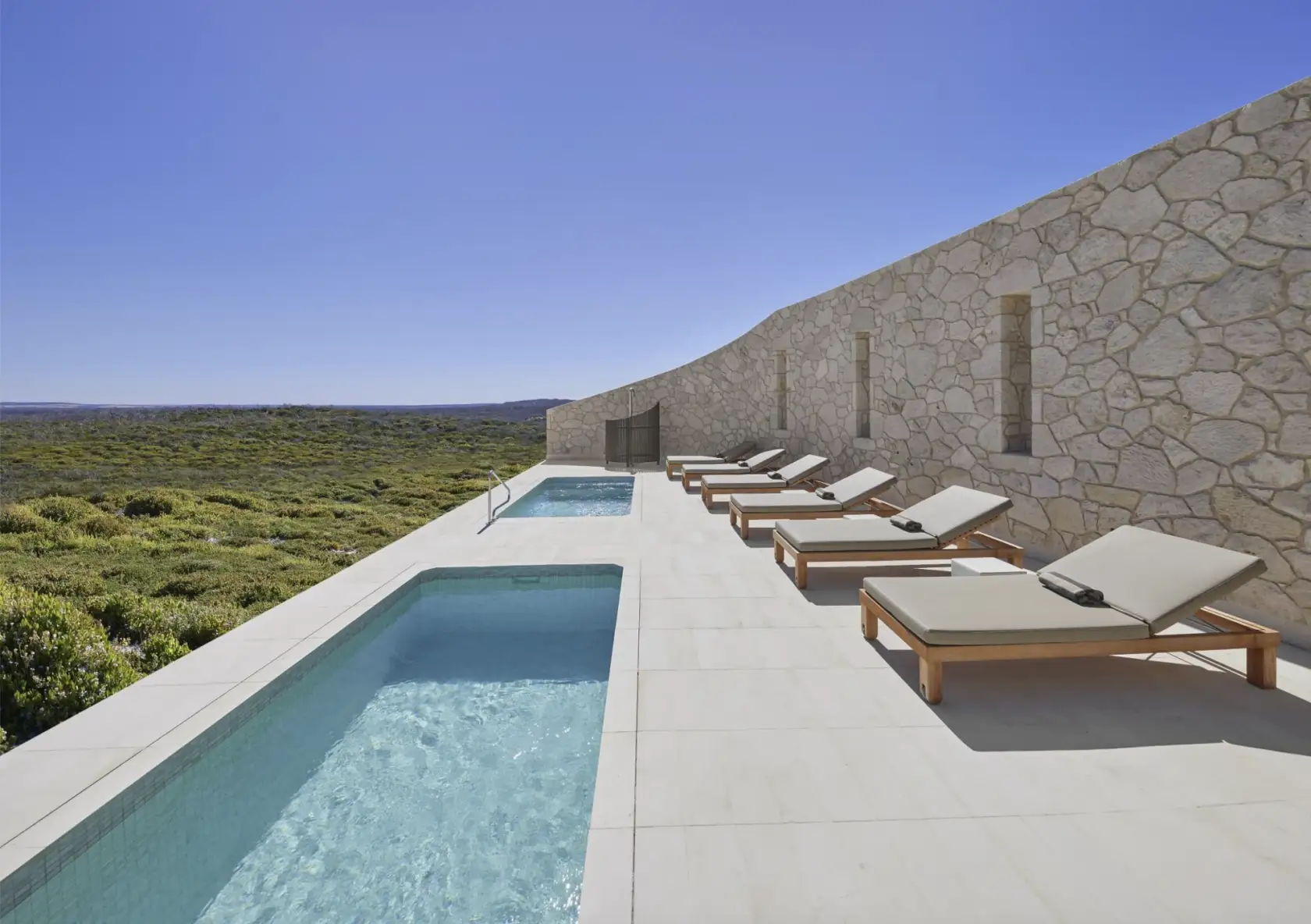

Year-Round Enjoyment: Winterising Your Hot Spa
You could argue that the best time of the year for using a spa is in the cold winter months. But if you’ve decided to leave for warmer shores, you might want to consider winterising your spa.
When temperatures hit freezing in the colder months, it can actually damage your spa; as the water expands when it is frozen. This is one of the key reasons why winterisation is important, but there are several other factors at play that make winterisation a good idea when the days are at their shortest. In this blog, we’ll take a look at what winterisation is, how to do it, and how it can save you future headaches.
Understanding Winterisation
The word 'winterisation' may sound like some sort of chilly hibernation process, but it's a bit more involved than simply tucking your spa away until spring. In the simplest terms, winterising your spa involves preparing it to withstand the frosty winter months without sustaining any damage. But why is this process important, you ask?
Imagine for a moment, a chilly winter morning with temperatures dropping below zero. If you have a spa full of water that isn't properly winterised, the freezing conditions can lead to the water inside the spa and its pipes turning into ice. As we know, water expands as it freezes and this expansion can cause significant damage to your spa's plumbing system and potentially other components as well.
And it's not just about the potential damage. There's also the consideration of energy efficiency. Much like how you'd button up and keep the heat in during winter, a well-winterised spa retains heat more efficiently. This means your spa's heating system doesn't have to work overtime, saving you a considerable amount of energy and, by extension, money.
Plus, winterising isn't just for those who leave their spas idle in the winter months. It's equally crucial if you plan on enjoying your winter spa, or portable spa bath, during the frosty season. Yes, there’s something undeniably appealing about immersing yourself in the warm, bubbling waters of your portable spas, especially when there's a cool nip in the air. But to ensure this pleasure isn't marred by malfunctions or unexpected energy bills, winterising your spa is a must.
Steps to Winterise Your Hot Spa
The process of winterising your spa involves some diligent steps to ensure that it is well-protected throughout the colder months, regardless of whether it's a built-in model or a portable spa bath. Follow this guide to prepare your spa for the chilly days ahead:
Draining and Cleaning the Spa
The first step in the winterisation process involves draining your spa completely. Make sure to consult your spa's manual to ensure you're draining it correctly. After draining, take this opportunity to give your spa a thorough clean. Remove any grime or residue that might have accumulated over the months to keep it in prime condition.
Inspecting and Repairing
Once your spa is dry and clean, inspect it for any signs of damage or wear. Look out for cracks or leaks in the shell and plumbing system. If you find any issues, make sure to get them repaired before the cold weather hits, to prevent further damage.
Protecting the Plumbing
After the spa is drained, it's crucial to protect the plumbing from potential freezing and resulting damage. You can use a shop vacuum to blow any residual water out of the spa's pipes. Also, consider using a non-toxic antifreeze specifically designed for spas and hot tubs, as an extra precautionary measure.
The Role of a Quality Spa Cover
A high-quality spa cover is an essential winterising tool. It not only protects your spa from debris and harsh weather conditions, but it also helps to retain heat and increase energy efficiency. If your existing cover is worn or damaged, consider replacing it before winter arrives.
Maintaining the Water Chemistry
If you plan on using your spa during winter, it's important to maintain the water chemistry. Ensuring that the pH, alkalinity, and sanitiser levels are balanced will keep your spa healthy and ready for use. Be aware that during winter, the water chemistry may need to be checked more frequently, due to temperature fluctuations.
Proper Maintenance During Winter
Winterising your spa isn't a "set it and forget it" process. Once your spa is winterised, it's essential to continue regular maintenance throughout the colder months, especially if you're using your winter spa for some icy weather relaxation. Here's how you can ensure your spa remains in peak condition:
Regularly Checking the Spa
Even in winter, it's important to regularly check your spa. This includes inspecting the spa cover for any signs of damage, ensuring the water chemistry is balanced, and checking the water level. If you're using your spa during winter, the water may evaporate more quickly due to the heat difference, so be sure to top it off as needed.
Keeping the Spa Cover Clean and in Good Shape
The spa cover plays a significant role in keeping your spa protected and energy-efficient. Hence, it's crucial to keep it clean and in good condition. Use a gentle, non-abrasive cleaner to remove any debris or snow from the cover regularly. Check for any signs of wear and tear, as a damaged cover may not insulate as effectively.
Tips for Using Your Spa During Winter
There's nothing quite like a warm soak in your spa while the winter wind howls outside. However, it's helpful to make sure you’re using it right. Remember to keep the spa cover on when not in use to conserve heat. Also, try to limit the time the spa is open to prevent unnecessary heat loss.
If you've got a portable spa, consider placing it in a sheltered location, out of the winter wind. This not only makes you more comfortable while using it but also helps maintain the water temperature, further improving energy efficiency.
Winterisation and regular winter maintenance are the keys to enjoying your spa year-round, without incurring unexpected repair costs or energy bills. For more tips and tricks around pools and spas, come and check out the Pool and Spa Expo!
